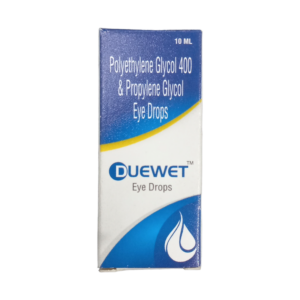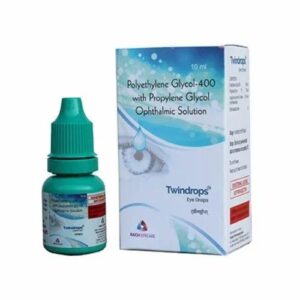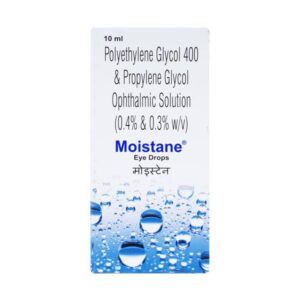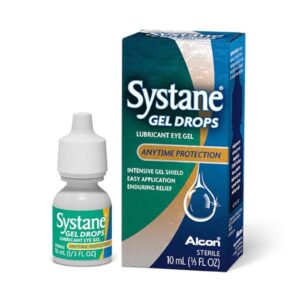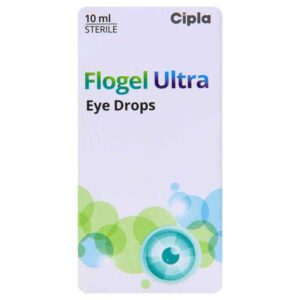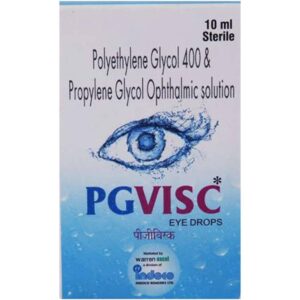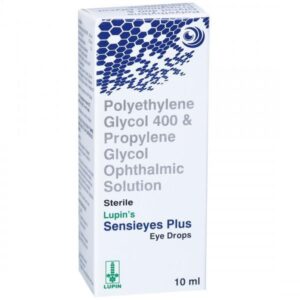PROPYLENE GLYCOL + POLYETHYLENE GLYCOL 400 USP
Propylene Glycol: Propylene Glycol is a synthetic chemical compound widely used as a solvent and humectant in many different industries, including pharmaceuticals, cosmetics, and food. In medicine, it is primarily used as a vehicle or carrier in various medications, including creams, ointments, oral liquids, and injectable formulations.
The mechanism of action of Propylene Glycol when used as a drug vehicle is mainly to enhance the solubility and stability of active pharmaceutical ingredients (APIs) and to aid in their delivery and absorption into the body. It acts as a dispersing agent, helping to uniformly distribute the drug throughout the formulation and facilitate its penetration into the skin or mucous membranes.
As a carrier, Propylene Glycol is generally considered safe for use in humans when applied topically or ingested in small amounts. The recommended dose and application of Propylene Glycol depend on the specific medication it is used in.
While Propylene Glycol is generally well-tolerated, it can cause some side effects, particularly when used in high concentrations or in individuals with specific sensitivities. Common side effects of topical application may include mild skin irritation, redness, or allergic reactions such as itching or rash. In rare cases, prolonged or excessive use of Propylene Glycol can lead to more severe skin conditions such as dermatitis or eczema.
When taken orally, Propylene Glycol is generally considered safe in small amounts. However, in rare cases, larger doses or prolonged ingestion of Propylene Glycol can lead to more serious side effects, including nausea, abdominal discomfort, diarrhea, and rarely, lactic acidosis.
It is important to note that the safety and side effects of Propylene Glycol can vary depending on the concentration, formulation, and individual characteristics. It is always recommended to follow the instructions of the specific medication and consult with a healthcare professional if any concerning side effects occur.
Polyethylene Glycol 400 Usp: Polyethylene Glycol 400 USP (PEG 400) is a medication used as a lubricant and moisturizer in various products. It belongs to the class of polyethylene glycol compounds, which have multiple applications in the medical field.
PEG 400 acts as a humectant, helping to retain moisture on the surface of the skin or in the eyes. It is commonly used in eye drops, ointments, creams, lotions, and other topical preparations. In addition to its lubricating properties, it can also enhance the absorption of certain medications when applied topically.
The dose of PEG 400 can vary depending on the specific formulation and purpose of use. It is generally applied as needed, following the instructions provided with the particular product. For eye drops, usually, 1 to 2 drops are applied to the affected eye(s) 2 to 4 times a day. However, it is important to follow the dosage instructions provided by the healthcare professional or mentioned on the product label.
The use of PEG 400 is generally safe and well-tolerated. However, as with any medication, there can be some side effects. The most common side effects of PEG 400 include mild burning, stinging, or irritation at the application site, particularly in the eye. Some individuals may also experience temporary blurred vision or sensitivity to light after using PEG 400 eye drops.
While rare, some individuals may be allergic to PEG 400, resulting in severe allergic reactions such as rash, itching, swelling, dizziness, or difficulty breathing. If any unusual or severe side effects occur after using PEG 400, it is important to seek medical attention immediately.
In summary, Polyethylene Glycol 400 USP (PEG 400) is a lubricating and moisturizing agent used in various products, particularly eye drops. It helps retain moisture and can enhance the absorption of other medications. The dose and specific usage depend on the formulation, and it is generally well-tolerated with minimal side effects like mild irritation or temporary blurred vision.

